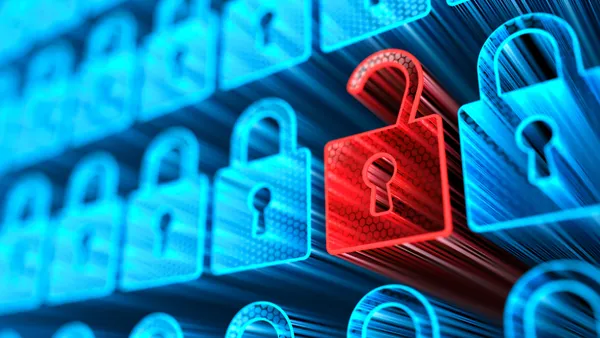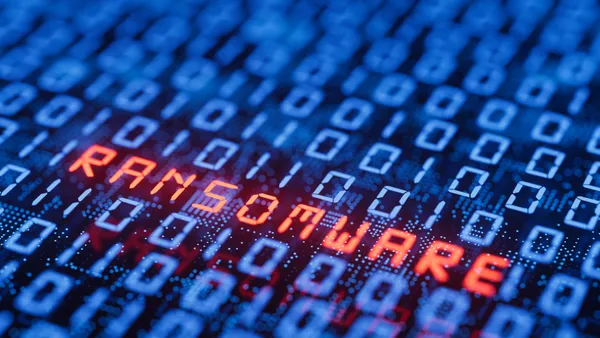Dive Brief:
- Telehealth, a common tool used to treat patients in prison systems and corporate settings, has found its way into secondary school districts.
- Currently, 28 states require private insurance billing for school telehealth visits, which allow students to be seen and diagnosed by working physicians through teleconference technologies.
- Supporters of the concept say that telehealth care allows more students to miss fewer days from school, and it allows for preliminary detection of more serious ailments which may require a face-to-face doctor's visit.
Dive Insight:
There’s been a lot of discussion about how healthcare options in schools are among the primary targets of budget cuts to education, and while virtual physician and telehealth models have been launched to warm reviews throughout the country, concerns over the potential repeal of the Affordable Care Act could impact these stop-gap solutions as well. And it could force low-income families into more dire straits with health issues and diagnoses.
The poorest districts are in areas where poor people live without great access to needed services. Most leaders do not consider school operations to be a social benefit resource for families, but as poverty grows in all kinds of areas, districts will face the burden of reduced food and healthcare services in the way of declining performance among vulnerable students.












